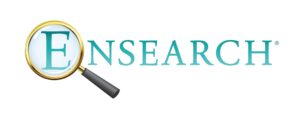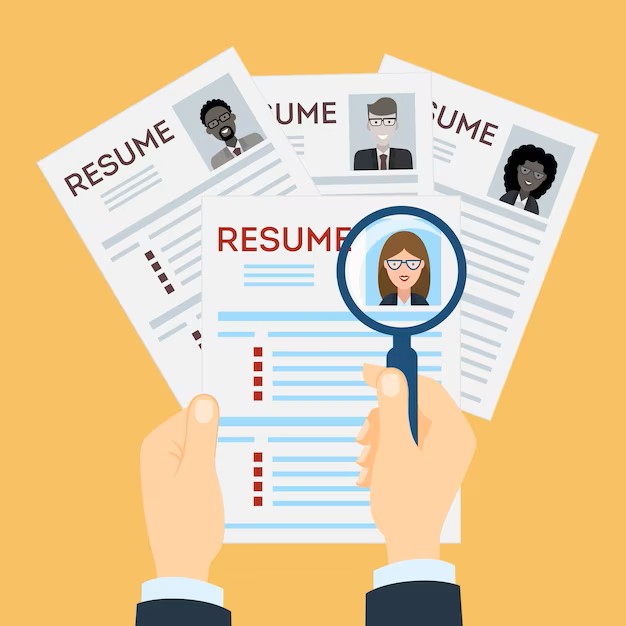Whether you’re a recent graduate or a veteran nurse with years of experience, you bring unique qualities to the table that healthcare organizations value. But to win an interview with your target employer, you’ll need to impress them on paper first by crafting a detailed, organized resume that stands out against others.
The Importance of Tailoring Your Resume
A well-written resume can be a key that opens the door to new career prospects for you. It’s responsible for making a first impression, even before you get the opportunity to have a virtual or in-person interview. Beyond being clear and concise, free of errors, and detailed, a great resume should match the description of the job for which you’re applying. Even if you’ve updated your resume to reflect your most recent work experience, you’ll want to tailor your resume for every new application. This shouldn’t require a full rewrite; instead, simply use verbiage from the job posting and insert it into your resume where applicable. If the healthcare organization is using AI to read resumes (as many do), this will help to ensure that yours is flagged as a prospect.
Key Elements of a Standout Resume
While each position you apply for should have its own tailored resume, if you have a strong foundation, your resume should only require minor tweaking. Here are the components your resume should include.
Contact Information
Include your first and last name, email address, and phone number. You may wish to include your full address, or just the city. If your email address is less-than-ideal (with a nickname or lots of numbers, for instance), consider creating a new one just for professional communications.
Objective or Summary
Think of this as a high-level overview that describes your current role and career prospects. This is an ideal spot to add language from the job description; consider using the title in this one-sentence blurb that outlines your professional experience and goals.
Education
Use this section to list information about your degrees and certifications, including the month and date of your graduation. If you graduated with honors or have any other standout educational achievements, this is the spot to highlight them.
Work Experience
Here, list your most recent roles chronologically. Use action words to describe your achievements and responsibilities, inserting language from the job description where possible. Don’t forget to include the benefits you have provided to your employers in past and current positions. Most people detail the duties and responsibilities they performed in previous positions, instead of describing the associated benefits, or results that were achieved by their actions. Make sure to include the impact of your role on the organization and be as specific as possible. An example of a quantifiable benefit could be that you “Saved the hospital $X/year by implementing a new sterilization protocol.” In addition, list any accomplishments such as awards you won or other recognition you received.
Professional Licensure and Certifications
This segment of your resume will list all of your professional licenses and certifications, such as Neonatal Resuscitation Program.
Research and Publications
If you were involved in any research projects or have published papers, this is the section where you should include all the details. For published papers, be sure to include the date and name of the publication.
Professional Affiliations
In this section, you can list all of the professional organizations where you are a current or former member. Don’t forget to highlight any leadership positions you held in these organizations, with the start and end date of the position.
Skills
Include skills relevant to the job in this segment. Look to the job description for guidance: be sure to list those that are listed if you’re proficient in them, such as the EPIC system.
Additional Resume Writing Tips
While the guidelines above will help to get your resume noticed, there are a few more best practices that can make an even stronger first impression. For one, be sure to proofread your resume to ensure it’s completely free of errors. You can also have a peer or mentor read it over and request feedback to see if there are any areas for improvement.
Next, stick to basic fonts and layouts. The goal is to keep everything as legible as possible. Finally, make sure your resume is concise and focused. Even though you could probably discuss your employment and education in much greater detail, you’ll be able to share more detail during the interview.
If you’ve worked hard on your resume but you’re still seeking the right career fit, allow Ensearch to help. For three decades, we’ve been trusted by NNPs to find the right fit for their next roles. Get started by contacting us for a no-cost consultation here.

